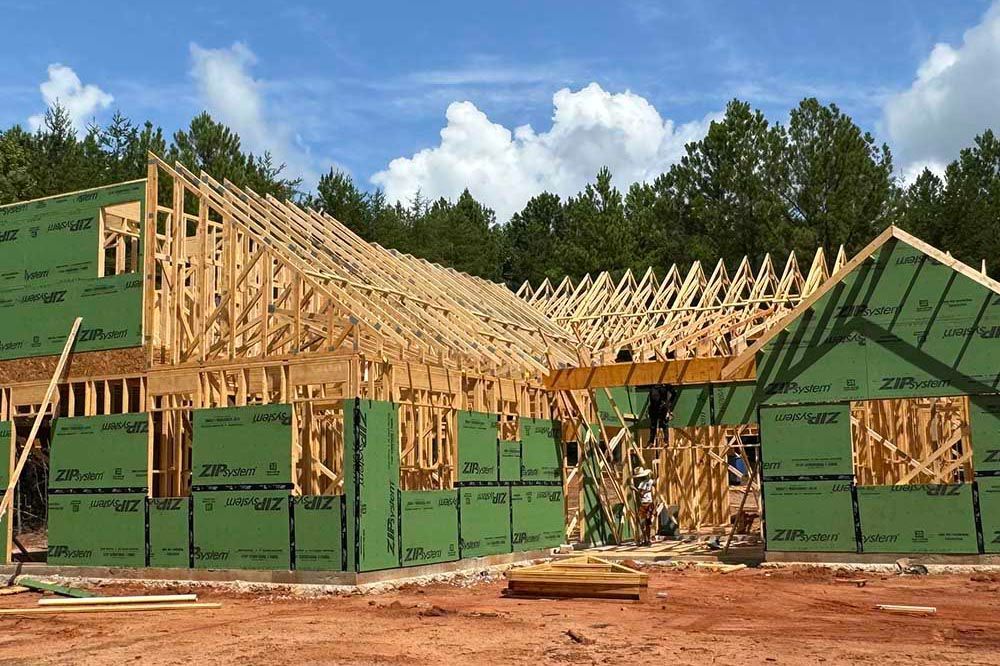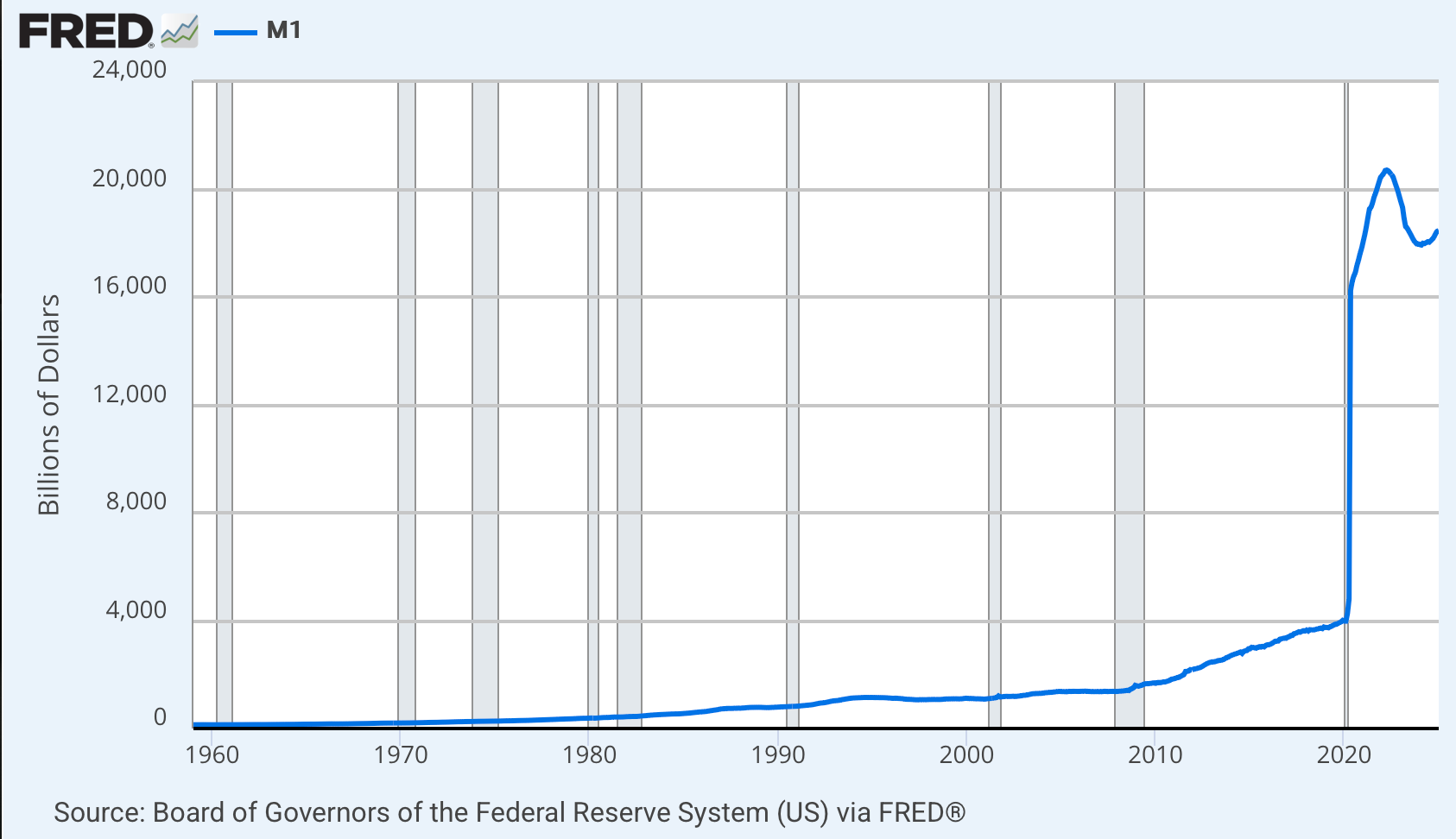Blog: Class A Discount Rates and Caps in Today's Market?

Cap rates are comparable to a stock's multiple on earnings, inversed. If you take a property's trailing net operating income (effective revenue less operational expenses), and divide it by the market cap rate, you will arrive at the property's valuation.
Let's revisit the definition of a discount rate:
The discount rate reflects the annual unlevered hurdle i.e. return investors demand in the marketplace. Investor psychology cannot be understated here because capital flows and yield requirements are driven by investors' future expectations across various asset types. It's accurate to say that the discount rate is an amalgamation of inflation and growth expectations.
There are a few ways to calculate discount rates. As one measure, investors can apply a spread acting as a risk premium over the risk free rate on the long-end of the curve (10 Year US Treasury). This implies the prospective asset is being financed with long-term 10 year debt. While it can be argued that BBB Bonds are a better proxy, residential housing is special in that it is the only asset class in CRE that has an open, stable, liquid credit market backed by the government. Since Fannie Mae, Freddie Mac, and HUD, lend to apartments in all market cycles, that liquidity helps sustain values and supports some sort of a protective pricing floor relative to other asset classes.
Long-term, permanent debt on multifamily assets most commonly come from these GSE's, Fannie Mae, Freddie Mac, and the Department of Housing and Urban Development. These loans are generally priced over the the treasury that corresponds with their term. The 5 year treasury is used as as the risk free benchmark for a 5 year perm loan, just as the 7 year treasury is used as the risk free benchmark for a 7 year loan, and so on. Life insurance companies and banks are the other traditional permanent debt loan providers although they have retracted in a material way over the past 24 months.
For this example, we are assuming 10 year fixed rate financing on a stabilized class A multifamily asset.
Discount rate = risk free rate + risk premium
Investors need to be compensated for taking on the risk of investing in real estate, relative to their opportunity costs and taking into account inflation. Generally speaking, the risk free rate prices in inflation expectations.
If we take today’s 10 year treasury yield of 4.03% and add 180 bps of spread (historical multifamily spread proxy over long risk free rate) we arrive at 5.83%. BBB bonds (another relative benchmark) are around 100 basis points higher than 4.03% as of early October 2024, but the 10 year T-Bill can be viewed as a more accurate historical correlation proxy for multifamily housing valuations due to the reasons mentioned above.
To determine pricing, we need to understand the other half of inputs for total returns. Now that the income side of the equation is covered, let’s talk growth. We’re missing growth expectations since cap rates are a sole mechanical measurement of income at a certain point in time. Valuing real estate based on its income stream alone is inaccurate since it is generally prone to capital appreciation and serves as an inflation hedge.
If you factor in growth expectations of 1.5% (subjectively speaking), theoretically, investors would be willing to pay 4.33 cap rates for newer vintage, stabilized residential product in growth markets today. Back in June, PE giant KKR paid $2.1B for 18 apartment complexes in the sunbelt, equating to a cap rate in the low 4s. Roughly $400k+ per unit.

Quick Links
Subscribe
Subscribe to receive the latest AEG articles about CRE investing, industry and market insights, and company updates.
invest@alphaequitygroup.com
Investment Disclaimers:
- Past performance is no guarantee of future results. No representation is made that the firm will or is likely to achieve its objectives or that any investor will or is likely to achieve results comparable to those shown or will make any profit at all or will be able to avoid incurring substantial losses.
- In many of the firm’s offerings, investors must be “accredited investors” as defined in regulation d under the securities act. In such cases, investors will be required to submit verification of their accredited investor status through the verify investor platform. The firm will not accept any investments from investors who are unable to submit verification of accredited investor status for relevant offerings. The principles, in their sole discretion, may decline to accept the subscriptions of, and admit, any investor as a member for any or no reason.
© 2024 Alpha Equity Group, LLC



